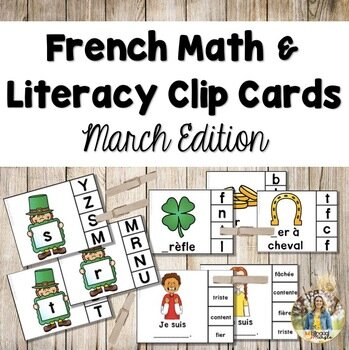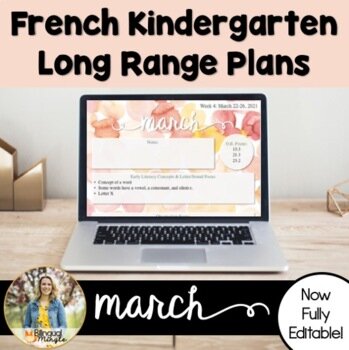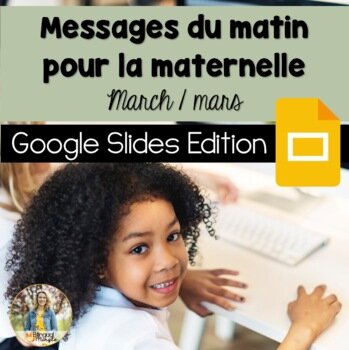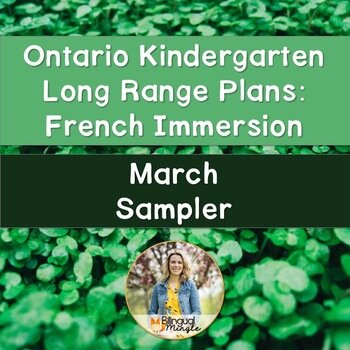11 Must-Have Children’s Books for Earth Day
8 must-have books to read to your kids and your class this April.
April is the perfect time of year to focus on books that teach children about the Earth and how we can care for it. This list of books covers topics such as getting outside, composting, preserving water, recycling, reducing, and so much more. Although our children and students may have little ears, they learn so much through osmosis throughout our powerful read-alouds.
I’ve also attached a YouTube read aloud of each story (where available), in case you are unable to get your hands on a copy of the book in time for Earth Day.
Enjoy!
We Are Water Protectors by Carole Lindstrom
Who it is for: Children aged 4-10
We Are Water Protectors is, simply put, one of the most gorgeous books that I have read this year. The incredible images bring to life the story of a black snake that threatens the waters of Indigenous lands. This book tackles a giant topic in a way that is accessible and interesting to children. I highly recommend it!
This book is also available in French: Nous sommes les protecteurs de l’eau.
About the Author: Carole is Anishinabe/Metis and is tribally enrolled with the Turtle Mountain Band of Ojibwe. She was born and raised in Nebraska and currently makes her home in Maryland [www.carolelindstrom.com].
The Earth Book by Todd Parr
Who it is for: Children aged 2-6
The Earth Book is a Todd Parr classic, with bright, bold illustrations and simple text. The book contains ways that even the littlest environmentalists can help our planet.
About the Author: Todd Parr is the author and illustrator of more than 50 books for children. Todd lives in Berkeley, California with his three adopted Pit Bulls [www.toddparr.com].
Thank You, Earth by April Pulley Sayre
Who it is for: Children aged 4-10
This book is a love letter to our planet, full of bright real-life photographs of things that Mother Earth gives to us. The book reminds us of all of the wonderful things that we can be thankful for in nature.
About the Author: April Pulley Sayre is a photo-illustrator and award-winning author of over 65 books. She has followed lemurs in Madagascar, pursued army ants in Panama, and eaten piranha in the Peruvian Amazon. She lives with her husband near Lake Michigan [www.aprilsayre.com].
Reducing Your Foodprint by Ellen Rodger
Who it is for: Children aged 7-12
File this under “kids books that adults should read.” Although this non-fiction book is not intended as a read-aloud, it is still one of those children’s books that even adults can learn something new from. I LOVE this book and the kid-friendly ways that it talks about eco-awareness, “footprints”, history of cultivation, foods from afar, being an ecovore, going organic, eating local, green cooking, fair-trade food and alternative eating.
What Matters by Alison Hughes and Holly Hatam
Who it is for: Children aged 3-7
In this book, one little boy does one small thing, and it has an impactful effect on the world around him. A great read-aloud for Kindergarten to Grade Three, this book teaches children how even the smallest actions can change the world.
About the Author: Alison has published 18 books for children and young adults, with translations into French, Korean, Dutch and Turkish. She also writes short stories. She's a big fan of animals, reading actual newspapers, riding her bike and pawing through thrift shops. She can usually be found at her computer with a cup of tea, some chocolate and some cats and a dog nearby [www.alisonhughesbooks.com].
Compost Stew by Mary McKenna Siddals
Who it is for: Children aged 3-8.
Compost Stew: An A to Z Recipe for the Earth shows readers a wide variety of items that you can put into your compost to make “compost stew”. Basically, it’s a kid-friendly way to show children how to compost. I LOVE! Even I learned a thing or two. For example, I did not know that I could put dryer lint into my compost. Life = changed forever.
About the Author: Mary McKenna Siddals is the author of a variety of picture books, including the perennial favorite, Millions of Snowflakes, the groundbreaking Compost Stew: An A to Z Recipe for the Earth, and the joyous anthem for outdoor play, Bringing the Outside In. A former teacher, she lives in British Columbia, Canada, where she enjoys being close to nature and spending time with her family, as well as tending to her own batch of Compost Stew [www.siddals.com].
10 Things You Can Do books by Jenny Mason
Who it is for: Children aged 6-12
I love a good non-fiction book (or two)! These @scholasticinc books are awesome for teaching about important non-fiction elements such as glossary, index, title, subtitle, table of contents, etc. They also contain amazing lessons for saving water and learning to reduce, reuse and recycle! ♻️
Do you use non-fiction books in your classroom library?
About the Author: Jenny spins dynamic, informative, and big-hearted stories for children, young adults, and adults (even childish adults). She received Bachelor’s degrees in Creative Writing and History from the University of New Mexico. She has an M.Phil in Popular Literature from Trinity College Dublin, and completed an M.F.A. in Writing for Children and Young Adults from Vermont College of Fine Arts in 2013 [www.scbwi.org].
All the Water in the World by George Ella Lyon
Who it is for: Children aged 4-8
Did you know that only 2.5% of all the water on our planet is freshwater, and only 0.3% of that is available on the surface? 🌍 The water cycle creates freshwater by evaporating water from the oceans, which then later falls back to Earth’s surface as precipitation, like rain or snow.
In this book full of poetic language and gorgeous illustrations, @georgeellalyon and @katherinetillotson introduce young readers to the water cycle.
The wording is simple enough for readers as young as 4, and the design of the book makes the words come alive, with illustrations that match the blue, swirling, flowing nature of water.
The book touches on the important facts that water is not evenly distributed through our world, and that water is a precious resource that must be used with care. 💦
About the Author: George Ella Lyon (born April 25, 1949) is an American author from Kentucky, who has published in many genres, including picture books, poetry, juvenile novels, and articles [wikipedia.org].
Main themes:
🔢 Counting
🌾 Earth’s beauty
🌍 Reducing, reusing and recycling
🗣 Languages: French, English (One Earth)
🧒🏽 Age group: 3-7
📝 Author: Eileen Spinelli
✍️ Illustrator: @rogerio_coelho_illustration
📖 Publisher: @ed_scholastic
Thank you to @ed_scholastic for sending me this book at my request!
“Rappelle-toi: une seule Terre.” 🌍
Yes yes yes, this book is Earth Day GOLD. But honestly? I’d happily read it any day, over and over, any time of year.
As a French kindergarten teacher to students whose first language is English, finding French picture books that are meaningful in topic but also do NOT have an overwhelming amount of difficult text is not always easy. This book is everything I want and more in a classroom read.
The topic is relevant and beautiful: the beauty of our earth, but also the fragility of it. I love the illustrations of the ways in which even the smallest, simplest actions can help our world.
In short: you’ve gotta get this book.
Themes:
❤️ Love across generations
🌎 Mindful living
♻️ Reusing
Ages: 3-7
Author/Illustrator: @henrycoledraws
Publisher: @ed_scholastic
Thank you to @ed_scholastic for sending this to me at my request.
Wordless picture books are amazing. It makes you truly appreciate the power of a talented illustrator/storyteller. 🤎
I thought it only appropriate to share “Le voyage d’un petit sac en papier” by Henry Cole during Plastic Free July. From a tree in the forest, to a lunch bag, this little paper bag represents so much and makes us think twice about simply throwing something away.
Main themes:
🛍 Materialism
😃 The search for happiness
🌊 Ocean life
🗣 Languages: French, English (The Whale Who Wanted More)
🧒🏽 Age group: 3-7
📝 Author: @rachelbrightbooks
✍️ Illustrator: @_jimfield
📖 Publisher: @ed_scholastic
Thank you to @ed_scholastic for sending me this book at my request!
“Peut-être que les objets ne font pas le bonheur.” 🐳
Ooooooh it’s like the moral from How The Grinch Stole Christmas except you can read this one any time of year 💙.
I adore the themes of materialism, the search for happiness, and sharing. There are even undertones of environmentalism (reusing something by giving it to someone in need, and ocean pollution) which is why I like it for Plastic-Free July. 🐋
SUBSCRIBE & FOLLOW
Hey, I’m Laura!
I’m a French Immersion Kindergarten teacher from Ontario, Canada, and I can’t wait for you to see what I have in store to make your teacher life easier!




















MORE RESOURCES FOR MARCH:





BLOG ARCHIVE
TEACHERS PAY TEACHERS
COPYRIGHT 2021, Bilingual Mingle. Happy to have you link to my blog but please use a direct link to my site/post when using my photos. It is NOT permissible to copy anything else on my site without prior written consent. Affiliate links are used at times. Thank you for your support!














